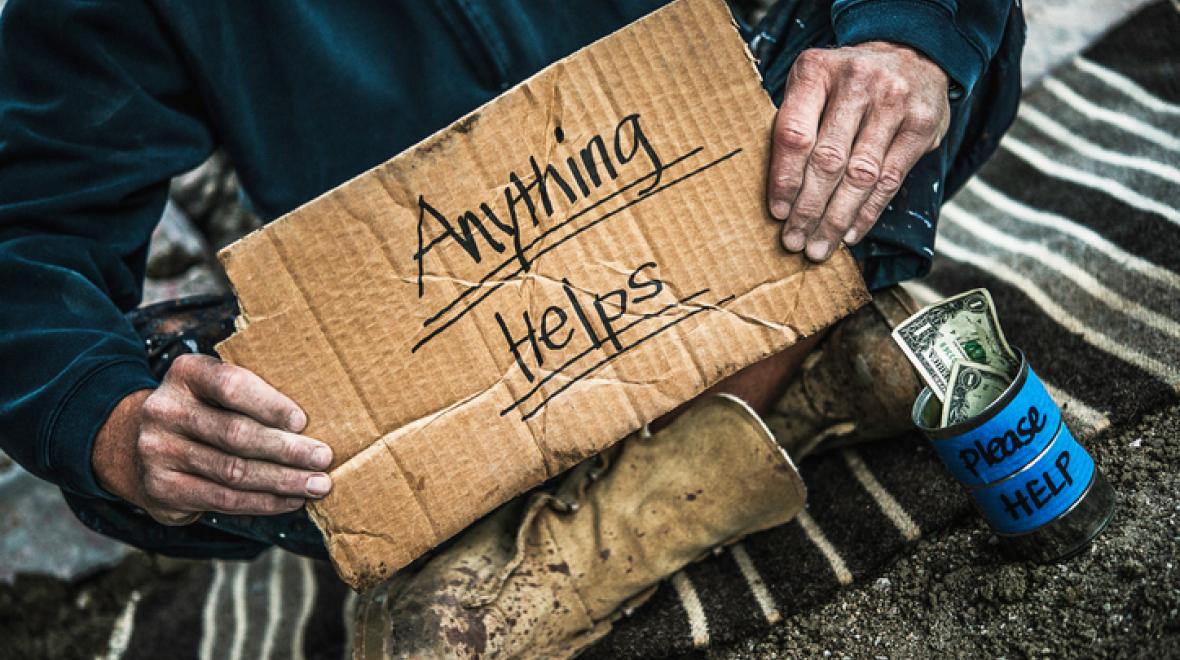
I have the most delightful childhood memories of visiting my grandparents in Mumbai, India. I would eagerly anticipate those trips and the delicious chaos a world apart from my quiet home in Singapore.
 But I also vividly recall how distressed I was by the visible poverty whenever I visited India. I remember crying when I saw children and families living on the street, sometimes sobbing through entire car journeys. When I demanded answers from my mom — Why is this happening and what can we do? — she, and other relatives, had none. To this day, those trips remain tainted by the sadness of never tackling this subject with those I most loved.
But I also vividly recall how distressed I was by the visible poverty whenever I visited India. I remember crying when I saw children and families living on the street, sometimes sobbing through entire car journeys. When I demanded answers from my mom — Why is this happening and what can we do? — she, and other relatives, had none. To this day, those trips remain tainted by the sadness of never tackling this subject with those I most loved.
In hindsight, I don’t blame my family for their hesitation, but I do wish we had had the right words to talk about it. Now, decades later as I raise a young son in Seattle, I’m determined to approach it head on.
Homelessness here is in a state of emergency. King County’s annual tally of those living on the streets numbered upwards of 11,000 people, a 21 percent jump from 2016; according to The Seattle Times, a whopping 40,000 Washington students were homeless during the 2015-2016 school year.
There’s a heartbreakingly high chance our children will encounter a homeless person — not only as an adult living on the street, but perhaps a friend at school. So how can parents talk to their kids effectively?
Don’t perpetuate stereotypes
What you don’t say is as important as what you do say, especially when talking to young children, says Lisa Gustaveson, a homelessness advocate with close to two decades of advocacy experience in Seattle. “There is a perception that people who look poor are dangerous and as parents, we sometimes unknowingly perpetuate that destructive stereotype,” she says.
Steer away from using words that indicate danger, dirtiness or other negative emotions. Instead, be direct and discuss the underlying problems that cause and perpetuate homelessness.
“From a young age, I introduced my daughter to people who were living homeless or those who had been homeless in the past,” she says. “I made sure she understood the reasons someone would lose their housing and what it takes to live homeless. This helped her to understand the complexity of the problem and be more empathetic towards people in need.”
Start the conversation young
Seattle parent of three Asia Megal was surprised how young her children were when they started asking about homelessness: “Once when I was out driving with [my 8-year-old son], he saw a homeless person on the street and said ‘He looks so sad and scared. I would do anything to see a light on that person’s face.’” Megal was surprised by the depth of his words.
Upon probing, she learned his classmate was living in a car and had shared it in secret with her son.
Megal suggests starting the conversation naturally, for example, when you encounter a homeless person while out with your child. “Ask questions like ‘What did you see?’ and ‘do you have any questions I could answer?”
She adds: “Children know more than we give them credit for.”
Come from a place of empathy, not pity
Gustaveson recommends building compassion into the discussion. “I talked to my daughter about how hard it must be for that person to stand on the corner with a sign asking for help,” she says. “Even young children can feel empathy and should be given an outlet for expressing how they feel when they see someone who is asking for help.”
Gustaveson also recommends prompting your children to empathize with the situation: “I would ask her what she thinks the person is feeling and how we might be able to help.”
Help when you can
Most importantly, communicate how you could take action together. Some common ways include raising money for a nonprofit with younger ones or volunteering with older children (one local resource: The Project for Family Homelessness from Seattle University).
Other times, the action is more spur-of-the-moment. Gustaveson, for example once rolled down her car window to give a dollar to a woman while her daughter was in the car. When they got to talking, Lisa learned they had the same name; the woman mentioned she lived outside and didn’t have a tarp to put under her at night.
“When we drove away, my daughter asked if we could get her [a tarp],” says Gustaveson. “I was faced with the usual parental situation: Do I stay on schedule or do we take the extra time to purchase the things she needed?”
In such moments, Gustaveson recommends being honest with your child if it’s not the right time to take action. And if it is, work together to help.“This time it worked out and, we spent the afternoon purchasing the tarp and other things she thought Lisa might need.”











